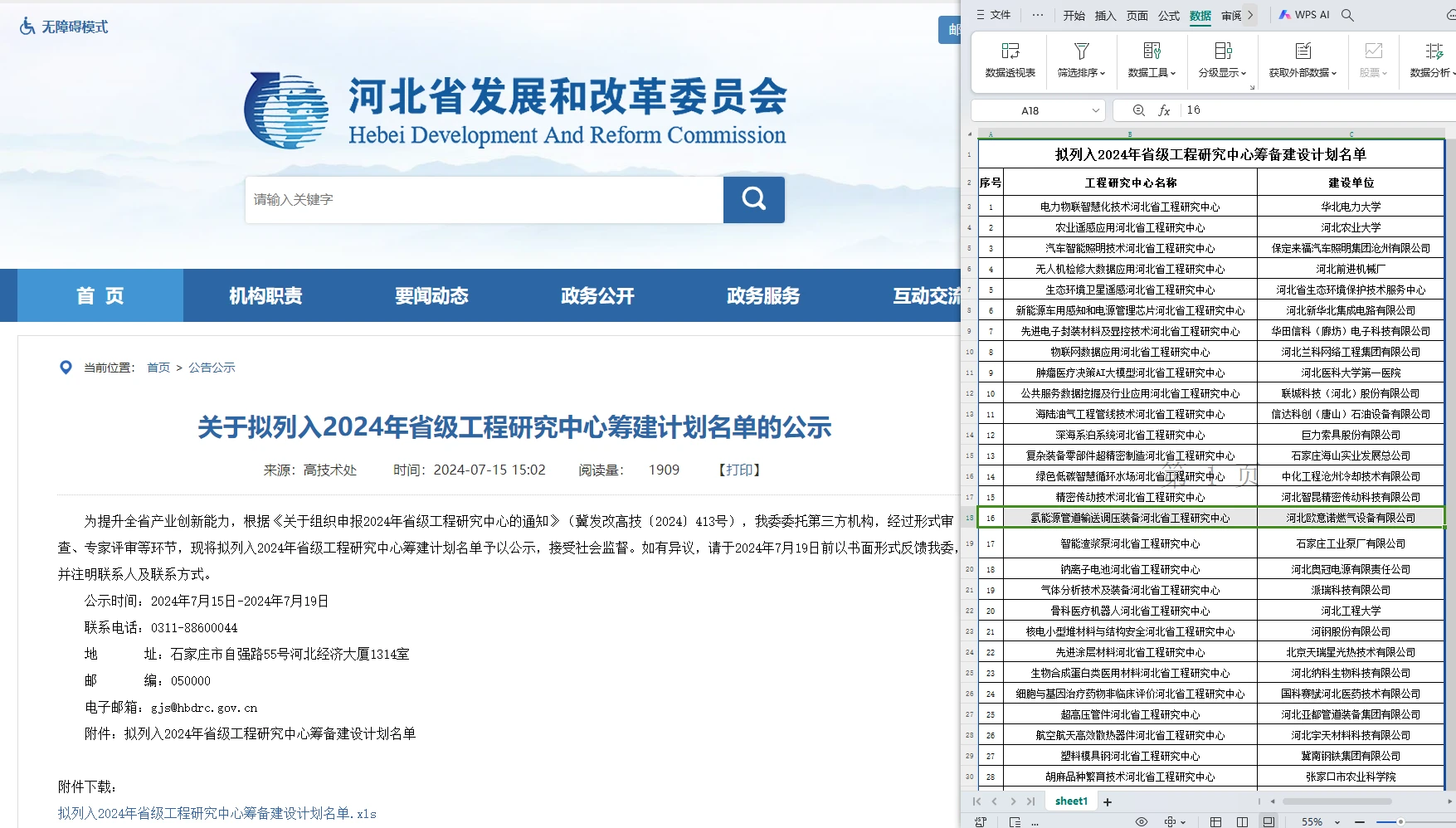
Nov . 29, 2024 22:08
Back to list
Understanding the Functionality and Importance of Gas Pressure Regulators in Systems
Understanding Gas Regulators Essential Components in Gas Supply Systems
Gas regulators are crucial devices in various industries and applications that require controlled gas flow and pressure management. Their primary purpose is to reduce the high pressure of gas coming from a storage or supply source to a much lower, usable level that is safe and efficient for consumer applications. This article delves into the functionality, types, and applications of gas regulators, highlighting their importance in ensure safety and efficiency in gas systems.
How Gas Regulators Work
At its core, a gas regulator is a mechanical device designed to maintain a steady and constant output pressure regardless of fluctuations in input pressure. When gas is stored in pressurized cylinders or pipelines, it exists at high pressure, which is often unsuitable for direct use in appliances like heaters, stoves, or industrial equipment. A gas regulator takes this high-pressure gas and reduces it to a predetermined level through a system of springs, diaphragms, and valve mechanisms.
When gas enters the regulator, it pushes against a diaphragm which is connected to a spring mechanism. As the gas pressure increases, the diaphragm moves and compresses the spring, which in turn opens a valve to allow gas to flow. This action creates a feedback loop; if the output pressure deviates from its set point, the diaphragm adjusts the valve position to stabilize the flow, ensuring that appliances receive a consistent pressure supply.
Types of Gas Regulators
Gas regulators come in various types, each designed for specific applications and pressure ranges
. The most common types include1. Single-Stage Regulators These regulators are designed for applications where the input pressure is relatively stable. They provide quick pressure reduction and are often found in residential gas systems. 2. Two-Stage Regulators As the name suggests, these regulators consist of two components a high-pressure stage that reduces the pressure to an intermediate level, and a second stage that further reduces it to the desired output pressure. They are ideal for systems where the input pressure may fluctuate, as they provide better regulation and stability.
3. Backpressure Regulators These are designed to maintain a specific pressure in a system, allowing excess gas to flow back upstream when the set pressure is exceeded. They are commonly used in gas distribution systems.
gas regulator

4. Pressure Relief Regulators These regulators serve a dual purpose they not only reduce pressure but also prevent over-pressurization that could lead to dangerous situations such as leaks or explosions. They are essential in safety-critical applications.
Applications of Gas Regulators
Gas regulators are employed in a wide range of sectors, including residential, commercial, and industrial applications. In households, they ensure that natural gas or propane delivered to appliances is at a safe and usable pressure. In commercial kitchens, gas regulators maintain the necessary pressure for efficient cooking and baking.
In industrial settings, gas regulators play a critical role in manufacturing processes, chemical processing, and power generation. They are also vital in laboratories where precise gas delivery is necessary for experiments and processes. Additionally, in healthcare, gas regulators are used in systems that supply gases such as oxygen, ensuring patients receive the correct dosage for medical treatments.
Safety Considerations
The importance of gas regulators cannot be overstated when it comes to safety. Malfunctioning regulators can lead to over-pressurization, which may result in leaks, fires, or explosions. Regular maintenance and inspection of gas regulators are crucial to ensure their proper functioning. Users should always adhere to safety guidelines and industry regulations to mitigate risks associated with gas use.
Conclusion
Gas regulators are indispensable components in any system that relies on gas for energy or processing. Their ability to maintain safe and consistent pressures is critical for the functionality and safety of gas-powered appliances and systems. Understanding the types, applications, and safety considerations associated with gas regulators helps users better appreciate their significance in everyday life and industrial operations. As technology advances, ongoing innovations in gas regulation continue to enhance efficiency and safety, underscoring the need for these devices in an increasingly gas-dependent world.
Latest news
-
Safety Valve Spring-Loaded Design Overpressure ProtectionNewsJul.25,2025
-
Precision Voltage Regulator AC5 Accuracy Grade PerformanceNewsJul.25,2025
-
Natural Gas Pressure Regulating Skid Industrial Pipeline ApplicationsNewsJul.25,2025
-
Natural Gas Filter Stainless Steel Mesh Element DesignNewsJul.25,2025
-
Gas Pressure Regulator Valve Direct-Acting Spring-Loaded DesignNewsJul.25,2025
-
Decompression Equipment Multi-Stage Heat Exchange System DesignNewsJul.25,2025

